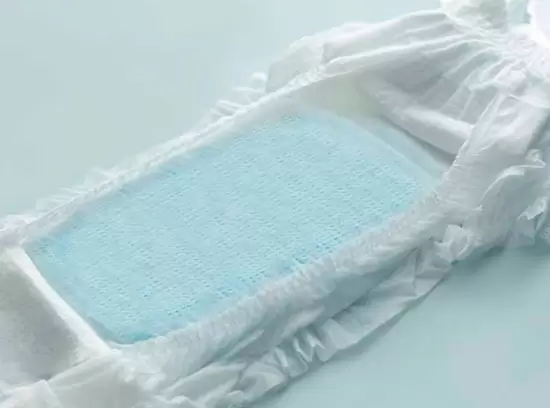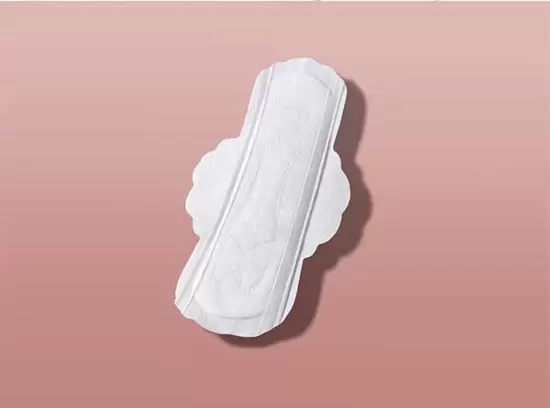Breast overflow is a common phenomenon among postpartum mothers. During the menstrual period, the mother’s milk is always in a state of “exploitation”. As the baby sucks, there will be more and more milk. The breast is like a bottle, when the water is full, the water will come out, so the milk will also spill out. Then at this time, the breastfeeding pad should play its role.
1. Knowledge about breastfeeding pads
(1) To buy or not to buy breastfeeding pads?
Is it really necessary to buy breastfeeding pads? Is there no need to buy them if you have less milk? I believe that many new mothers have similar questions.
Let’s first understand the role of breastfeeding pads: breastfeeding pads are placed inside the bra to prevent new mothers from getting dirty clothes while nursing and to protect the nipples, especially suitable for working women or for use on the go. For mothers with more milk, breastfeeding pads are necessary! For those who have less milk, you can use them for parties or other specific occasions as needed.
(2) When should I use breastfeeding pads?
During the first 6 to 10 weeks of breastfeeding, you are most likely to experience “overflow”, especially in the morning, so pads can come in handy! In addition, while your baby is sucking on one breast, the other breast will keep spilling milk, so it is best to put a breast pad on in advance.
(3) How often should I replace my breastfeeding pads?
Generally speaking, as long as the breastfeeding pads are full and the breasts feel heavy, then it may be necessary to replace them. But even if there is only a small amount of milk secretion, it is still recommended that mothers change their breastfeeding pads every 3 to 4 hours, because the nutritional content of milk is very high, and not changing them for a long time can easily lead to bacterial growth and endanger the health of mothers’ breasts.
(4) How to choose breastfeeding pads?
For the selection of breastfeeding pads, there are three aspects as main consideration.
- Material: breastfeeding pads are intimate hygiene products, so the fabric should be comfortable and skin-friendly, which is particularly important.
- Absorption: observe whether the absorption of the breastfeeding pad is large enough to reduce the frequency of replacement.
- Absorption speed: observe the absorption speed and whether it is clean and fresh after use.
2. Hidden uses for breastfeeding pads
(1) Underarm sweat absorption
It is so embarrassing to have sweaty underarms, so put the breastfeeding pads on the armpit of your clothes and let it help you absorb the wetness and odor after sweating.
(2) Breast sweat absorption
When the temperature is high or when you are exercising, it is really hard to keep your breasts in the bra! Place the breastfeeding pads in your bra to absorb the sticky sweat.
(3) Homemade ice pads
Wet the milk saving breast pad with water and put it in the refrigerator, wait until you need it and then take it out and put it on any place you want to have a cold compress.
(4) Make your own eye mask
Cut the breastfeeding pads into the right size, soak them with essence water and put them on the eye area, most suitable for the beauty loving moms.
(5) Spare powder puffs
Running out of powder puffs or makeup sponges? You can use a breastfeeding pad for this purpose!
(6) Remove shoe odor
Spray your favorite perfume on the breastfeeding pad, and then put it into the shoes, and leave it overnight, the odor in the shoes will be greatly reduced!
(7) Wipe stains
Wipe the phone screen, computer screen, keyboard, desktop, ground, or furniture. The water absorption properties of the breastfeeding pad can be of great use.
(8) Large band-aid
Breastfeeding pads are clean, hygienic and absorbent. After cleaning the wound, fix the pad at the wound and wrap it with tape to perfectly replace the band-aid.
(9) Multifunctional eye mask
Use a band-aid or tape to connect two breastfeeding pads, then you can make a pair of eye masks! Is it very amazing?
(10) Refrigerator deodorant package
Open the breastfeeding pads, place in the refrigerator freezer layers, so microscopic pores on the breastfeeding pads can absorb the smell in the refrigerator.













